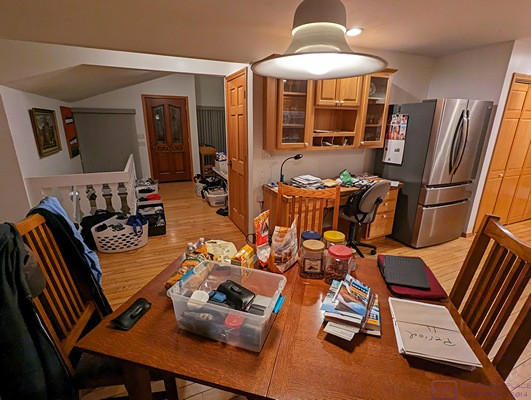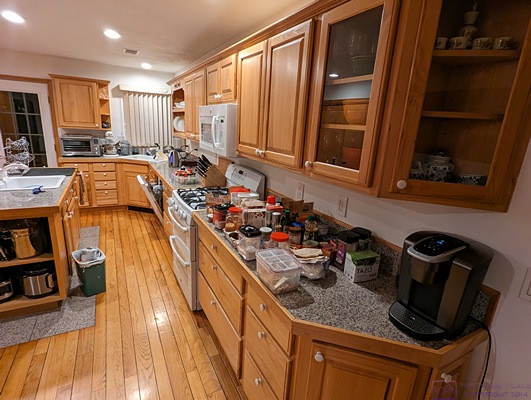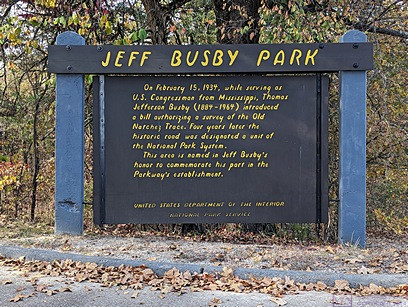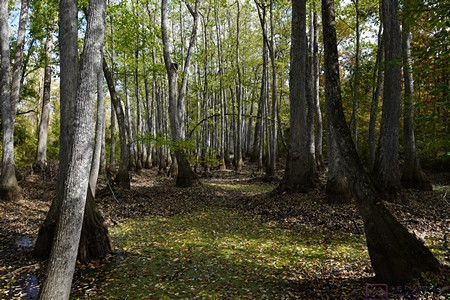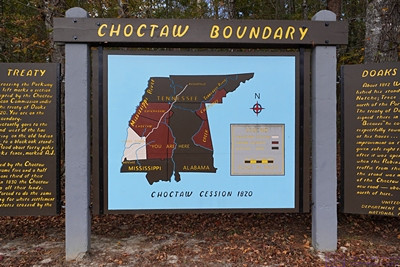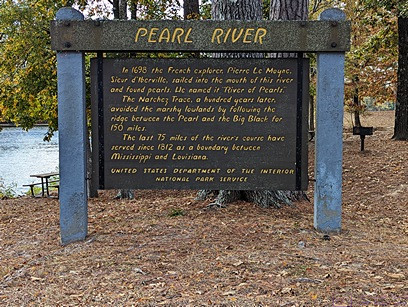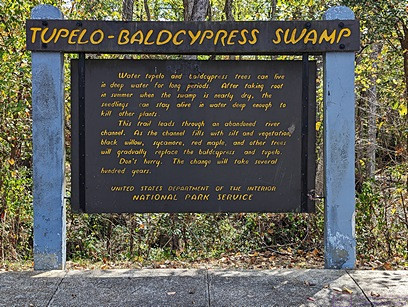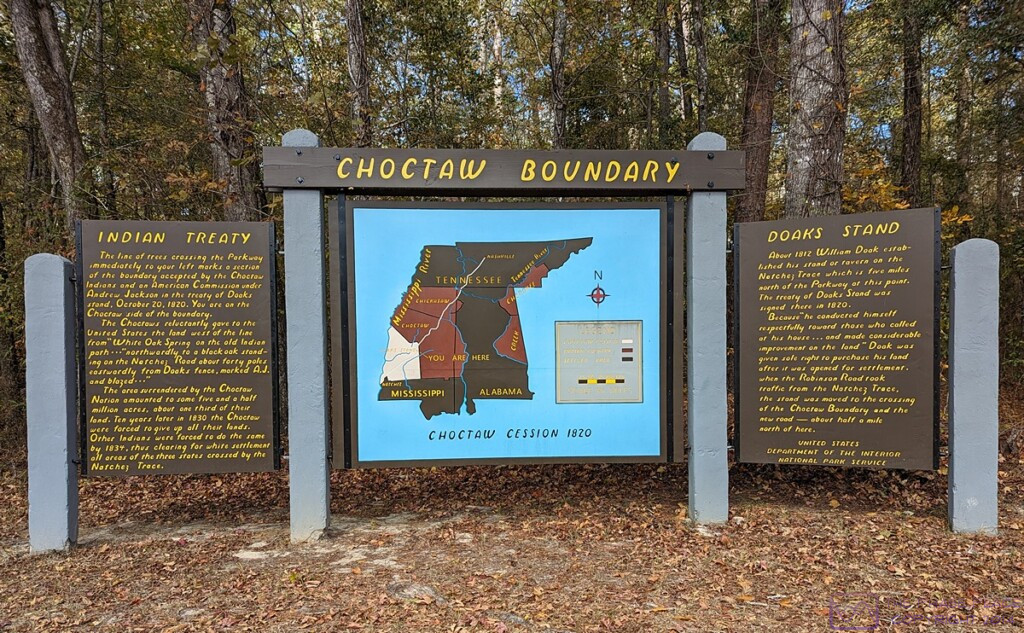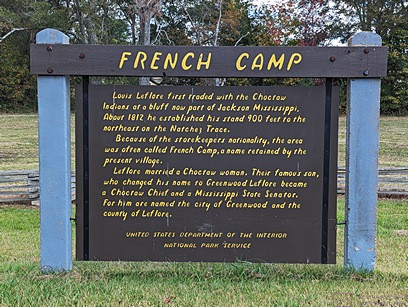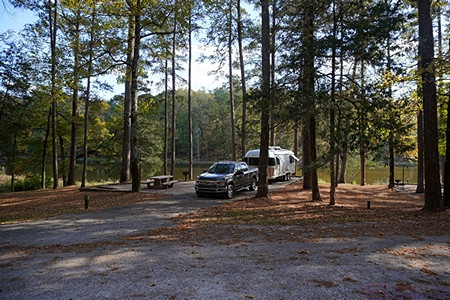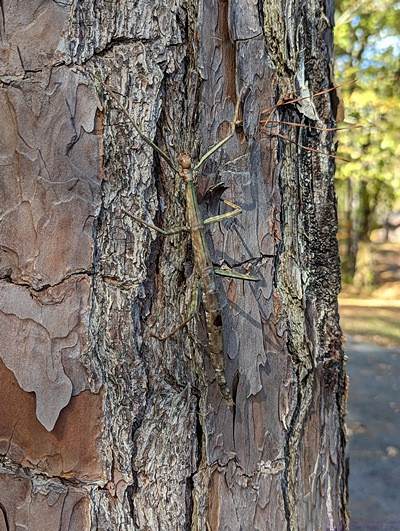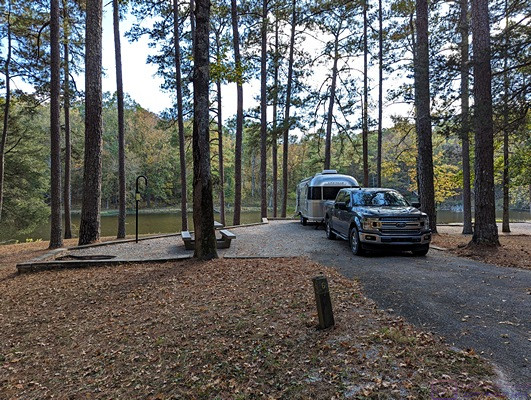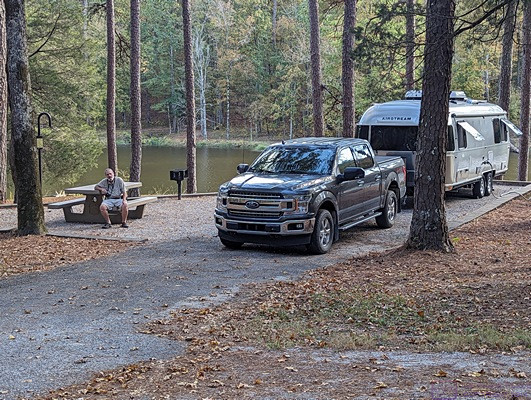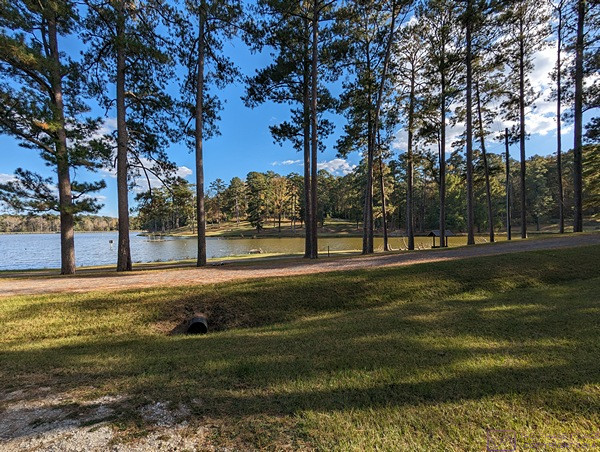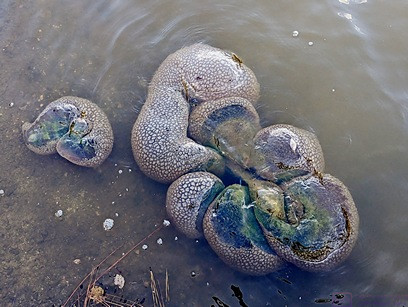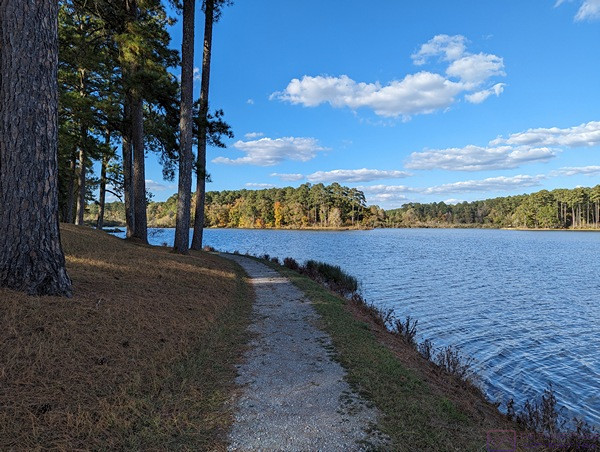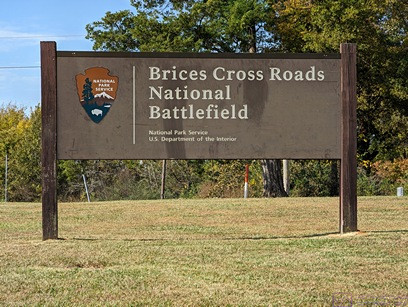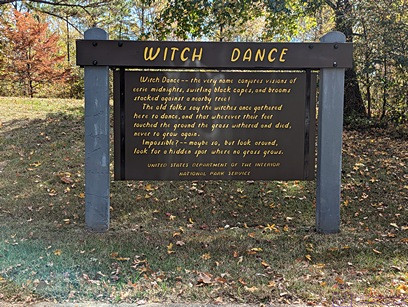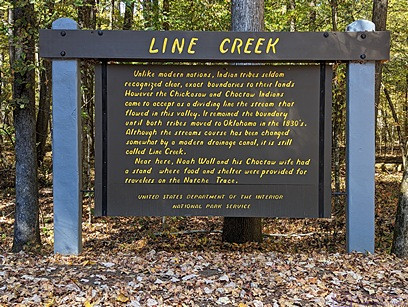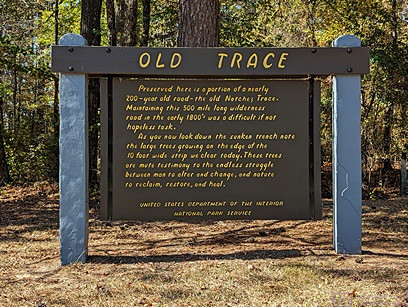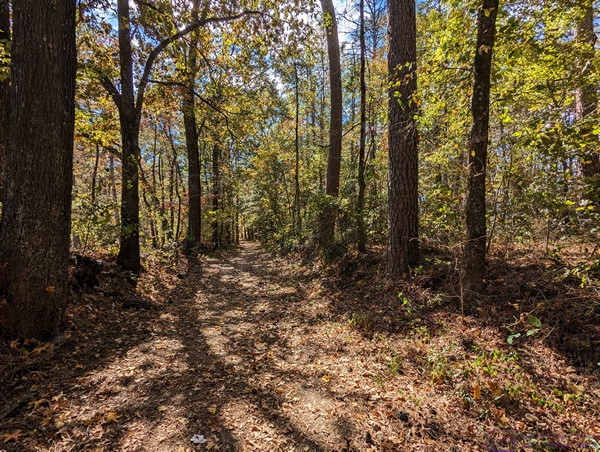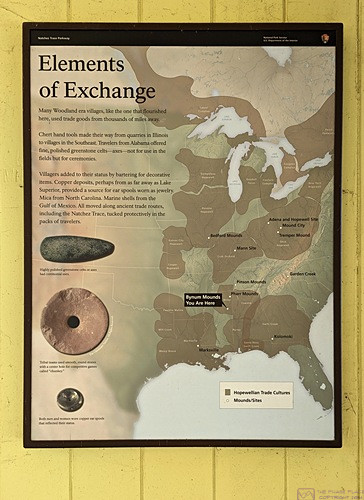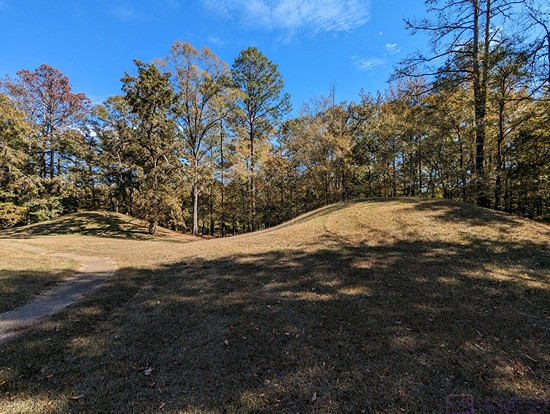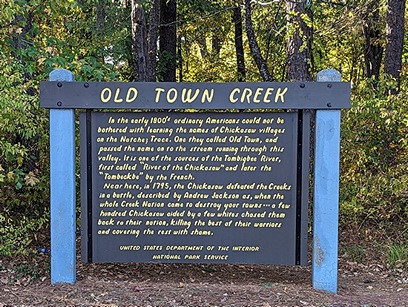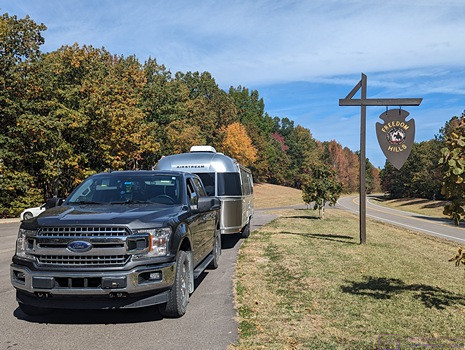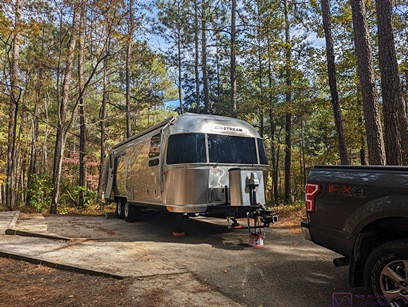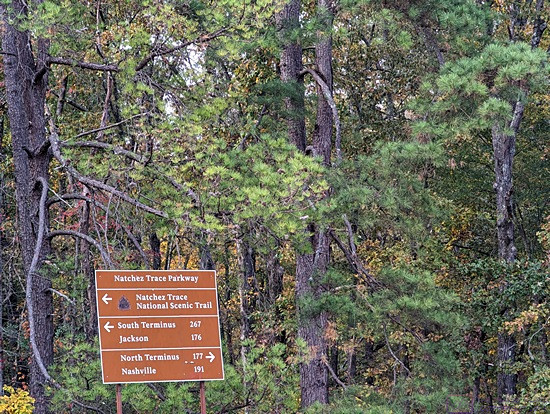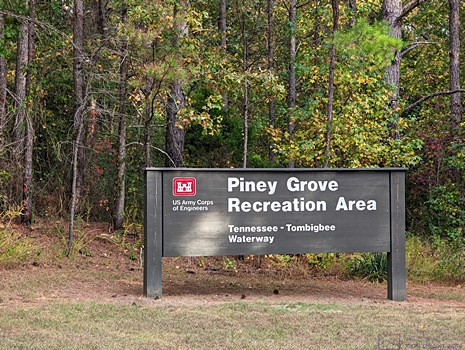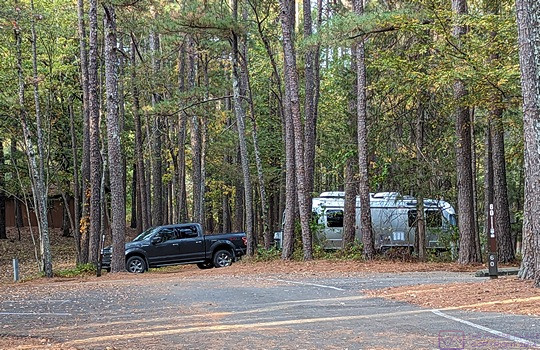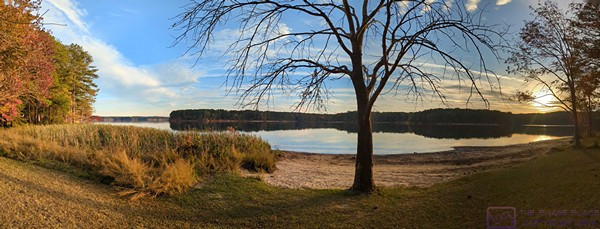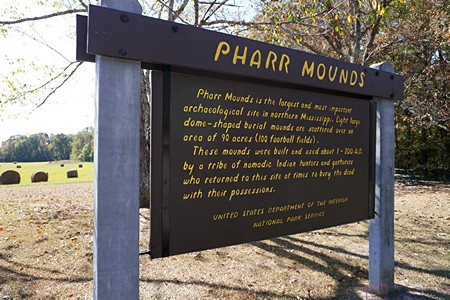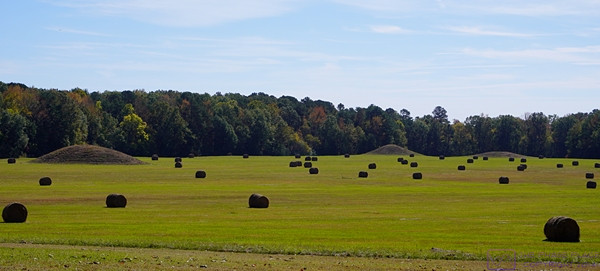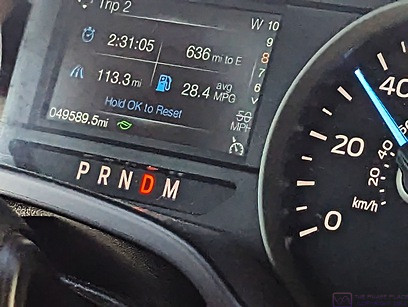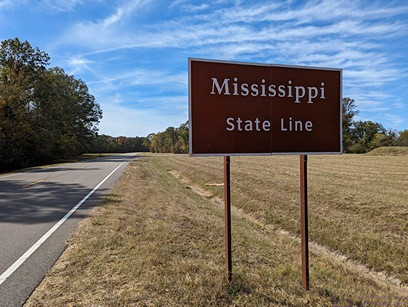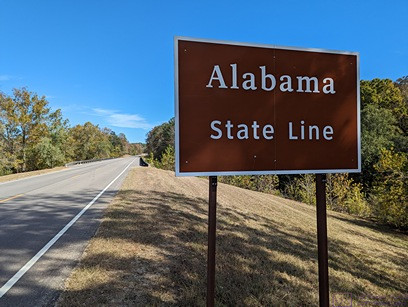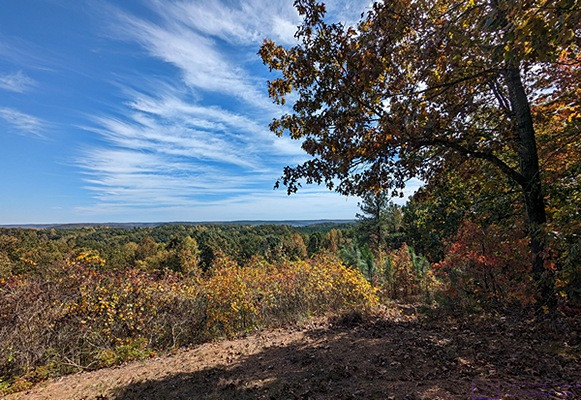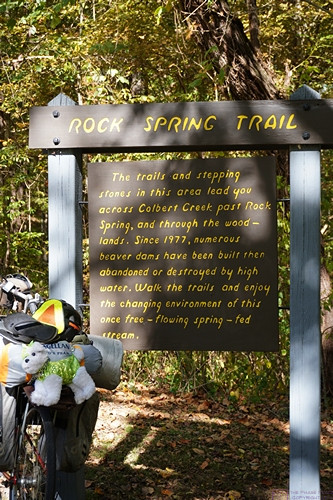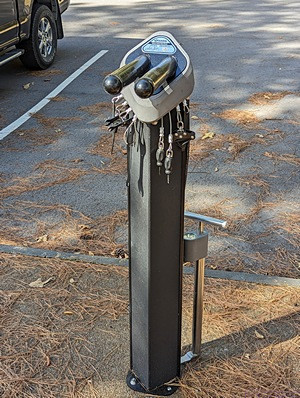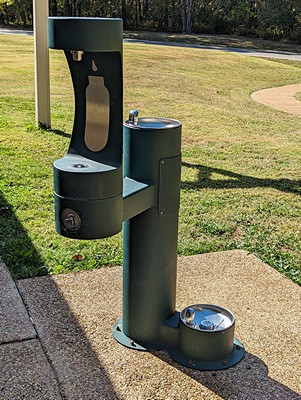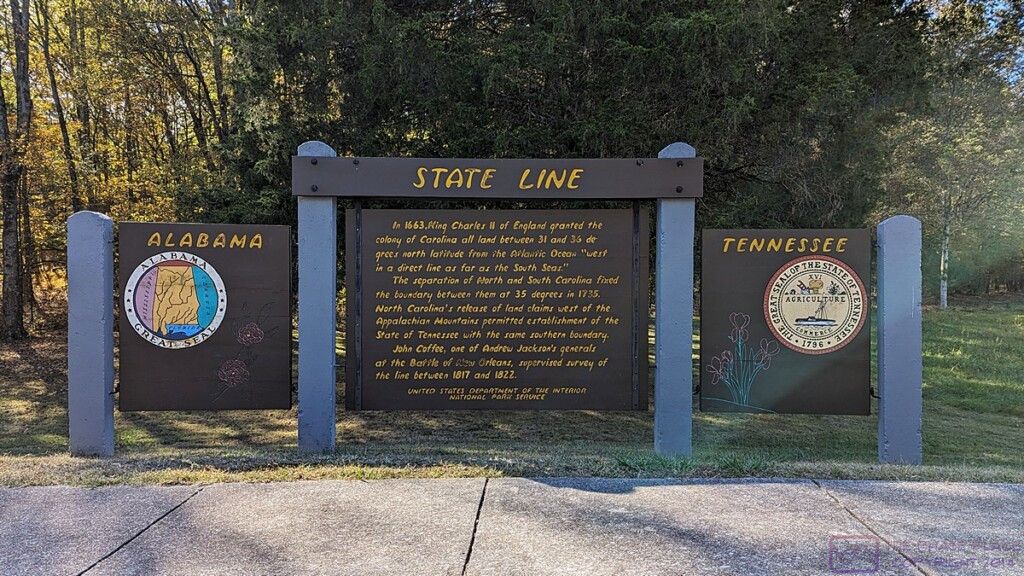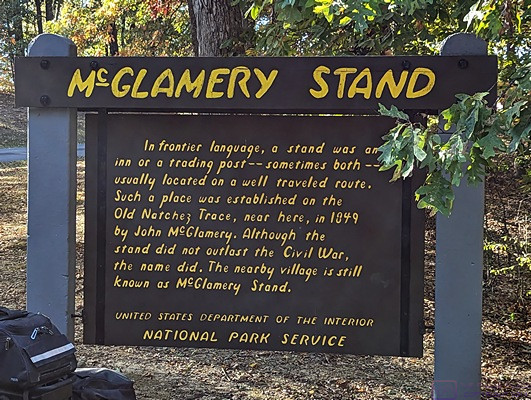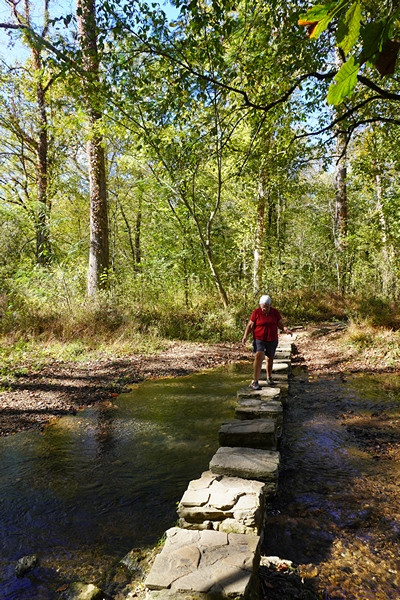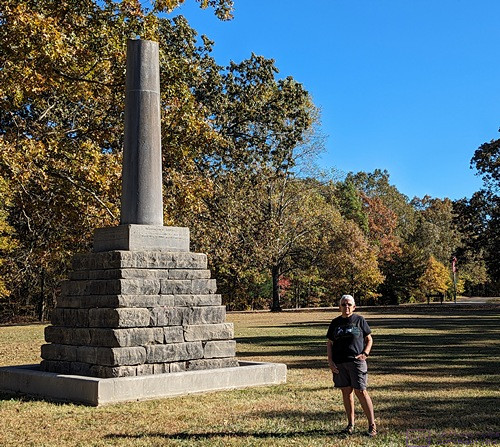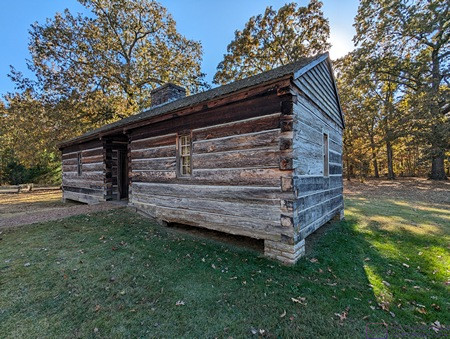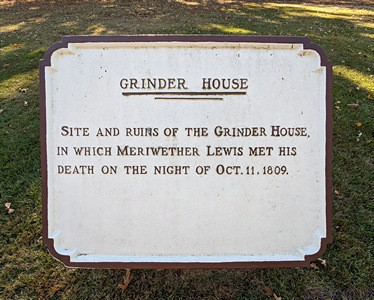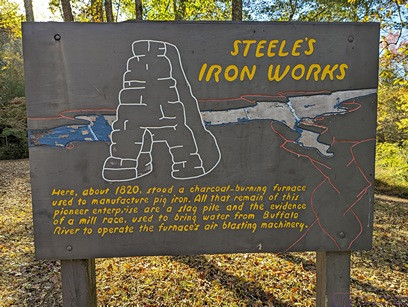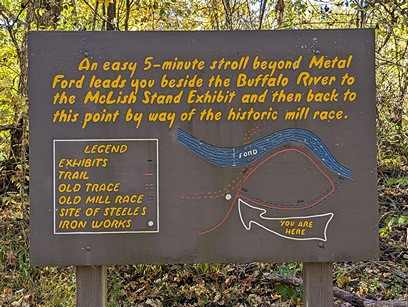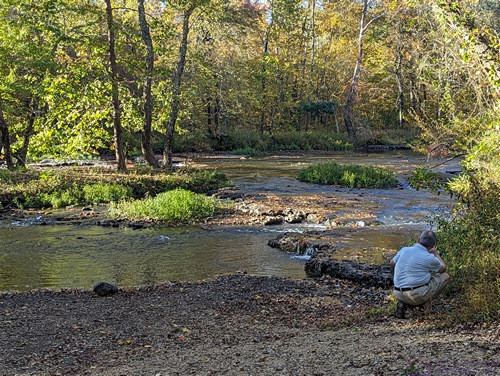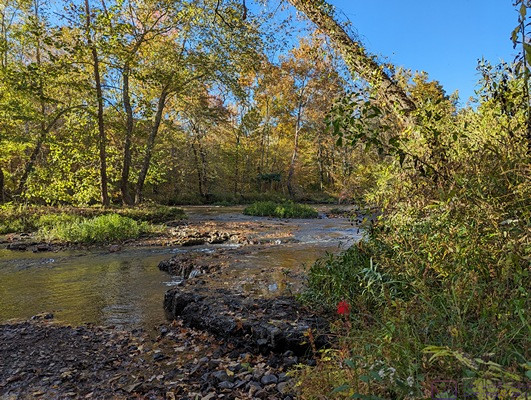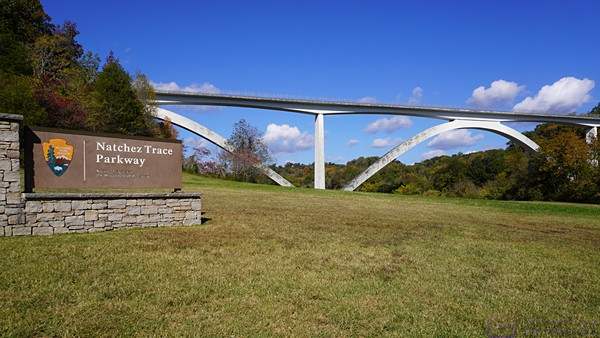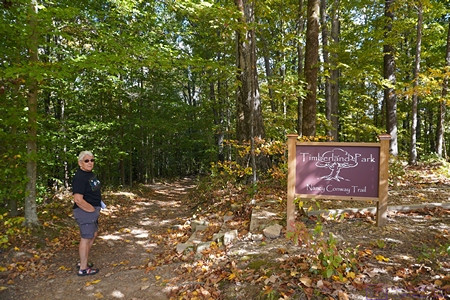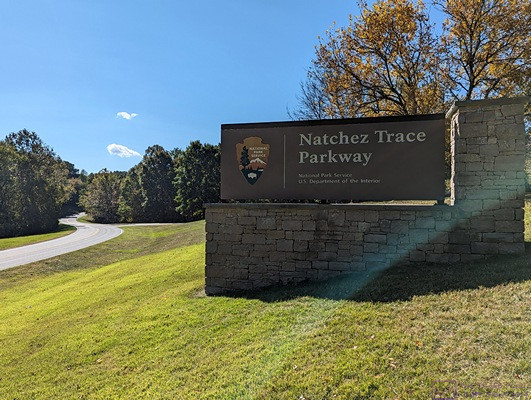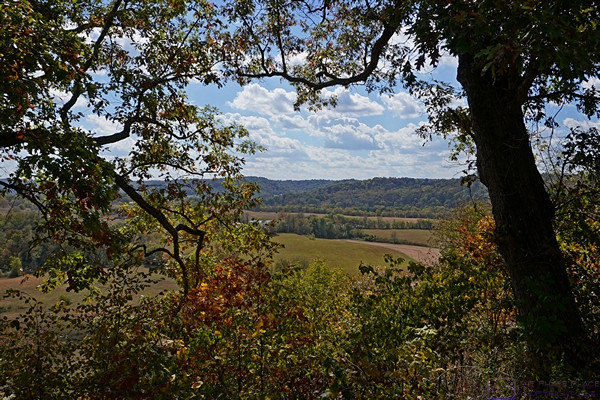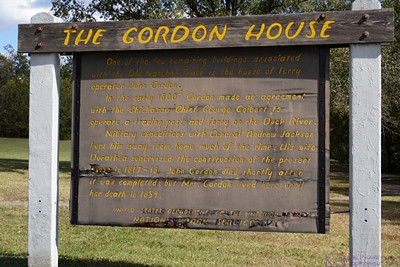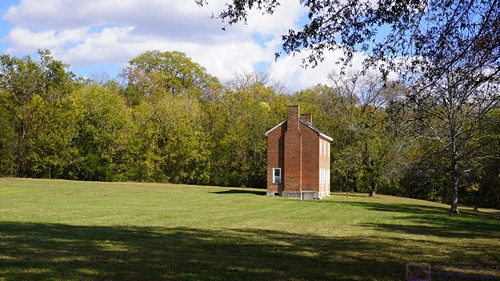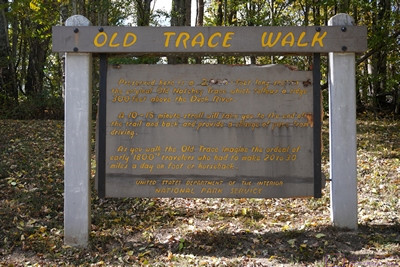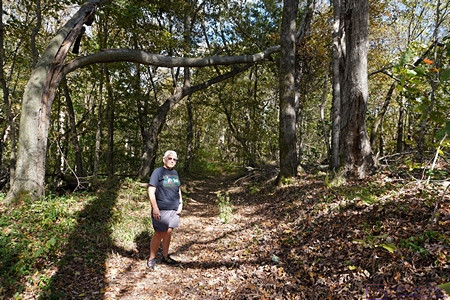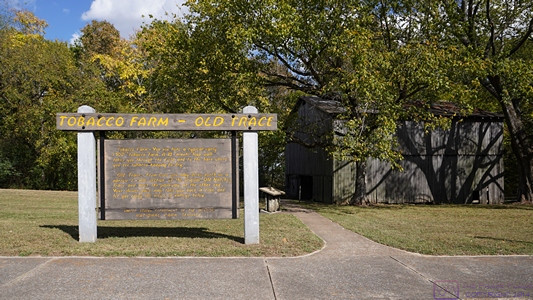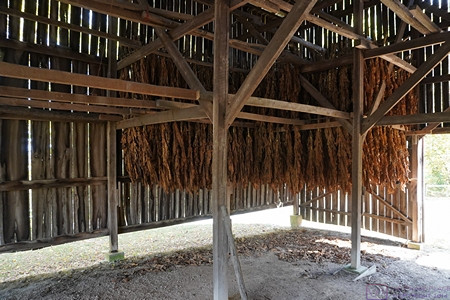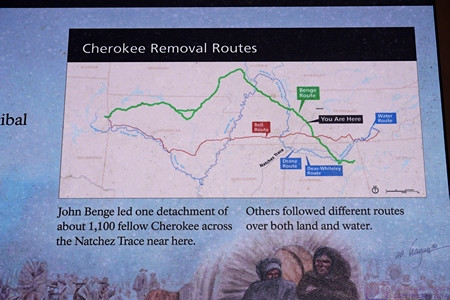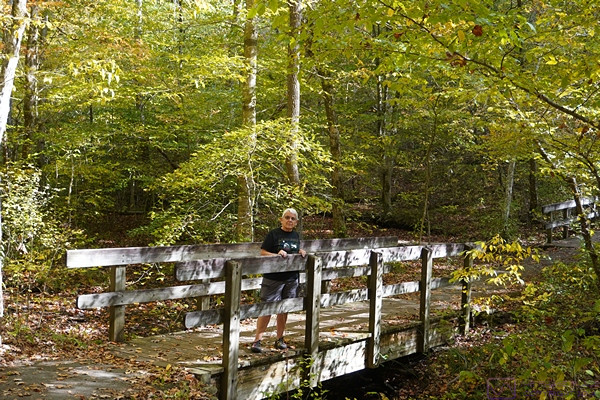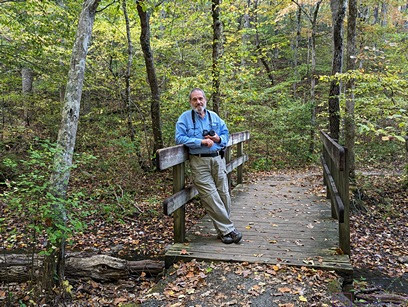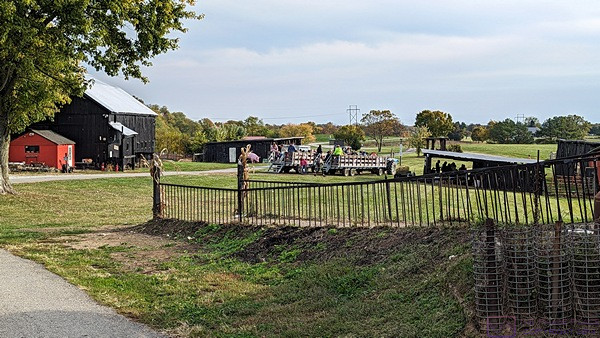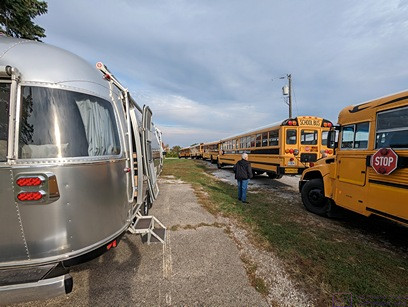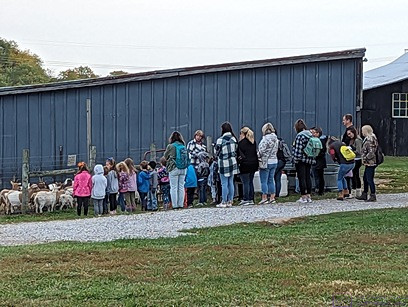2016/04/11 (M) Parts Run
I was up at 7:30 AM, so I slept over seven hours last night, and felt like I had slept well enough to take on the day I had ahead of me. I fed the cars, put fresh water in their bowl, and cleaned their litter tray. I also cleaned part of the shower as one of them has developed loose stools in the last couple of days and has not always made it to the tray in time. I moved the SunPass transponder, Garmin GPS, and my sunglasses to the car in preparation for my trip today. By the time I had done all those chores Linda was up and both used our iPads for a while. I was not going to make coffee this morning since I had a long drive ahead of me sometime today, but Linda wanted some so I made it and had some myself. We eventually had bagels for breakfast.
I called Action Mobile around 9 AM and talked to Service Manager John Provo. He expected my three brake calipers to be delivered between 10 AM and noon but that was just a guess on his part. Rather than make an issue of getting a more accurate ETA I decided I would leave at 10 AM for the two hour drive from Williston to Orlando. I went out after breakfast and unloaded most of the stuff in the back of the car and stored it on the picnic table. I then walked to the resort office to let them know we were expecting a package from Amazon today.
Just before 10 AM I wrote out a short grocery list as I planned to stop on my way back from Orlando at The Publix supermarket on US-27 by the Ocala exit (#354) of I-75. I took my iPad in case I needed to kill some time at Action Mobile, and actually left a little after 10 AM.
The trip down was smooth, with no traffic issues, and it was uneventful except for a text message from my sister asking me to call our broker and transfer funds for our dad. Based on when I received it the best I could do was pull into one the Florida Turnpike Service Areas closest to Orlando’s northwest corner and call the brokerage. The person I needed to speak to (Maggie) was on another call and I did not want to deal with a return call while driving so I left a message that I would call again when I got to my destination, which was still 20 minutes away barring any unforeseen traffic problems.
Traffic was thicker and a little slower as I neared Orlando but it moved along well enough and I reached Action Mobile just after noon. I called Maggie again and got her this time as she is in the Central Time Zone. Maggie is our broker’s office manager and is also a registered agent. We have an extremely good relationship with her and our broker, John, so we chatted briefly before I gave her the transaction details. I then texted my sister back to let her know I had taken care of her request.
I went inside and found John P. (the Service Manager). The parts were not there yet so he called Rex at Rush Trucking to check on them. Rex said they should have been there and made a call. Not too long after that a white can showed up and the driver unloaded three Meritor boxes of the right size, shape, and apparent weight, and took off.
It occurred to me that I should check the parts before paying the balance and taking off myself so I opened all three boxes. I was expecting one of the castings to have an “L” in the casting number and the other two to have an “R” in the casting number, but all three had “L”s and that caused me some concern. I also noticed that one of the calipers had both grease fittings broken. John P. called Rex back and Rex explained the Left and Right calipers used the same (“L”) casting. The difference was in the helical drive shaft and gear inside, and difference was reflected in the part number on the box label. The left side caliper part number began with “A 1” while the right side caliper began with “A 2.” (The shaft for the calipers on the left side of the bus rotate clockwise, as viewed from the end where the slack adjuster attaches, while the calipers for the right side rotate counterclockwise.)
Rather than have Action Mobile remove and replace the damaged grease fittings Rex had a different left caliper sent over as he did not want to risk a small piece of debris falling inside the mechanism. When the driver dropped it off I checked the label and the grease fittings. There were OK, so he put the damaged one in his van and left.
While I was waiting I called Butch and gave him the information on how the left and right calipers were labeled. He is working with someone at ABC Bus in Muncie, Indiana, who is working with someone at Rockwell-Meritor, who says we can still get these parts with a 45 to 60 day lead time. I’m guessing that these are also rebuilt/remanufactured calipers, not new ones, but at this point in time we don’t really know. He was quoted a price that was $200 less per caliper than I paid, but I have mine now, not two months from now; if in fact I could get them.
Bill, the mechanic who fixed our left tag axle brake last week, was taking his lunch break so we got to chat a bit. John D. (the owner) was also around so we also got to chat for a little while. I was running behind the schedule I had hoped to keep, so I loaded the three boxes into my car and went inside to pay the balance of the bill. A quick chat with the billing clerk, Lisa, and I was on my way back to Williston. It was 1:30 PM and I figured I would be back by 4 PM, including my stop at Publix.
I stopped at the Florida’s Turnpike Turkey Lake Service Area for some lunch but just ended up getting a frozen coffee thing at Dunkin Donuts. Traffic moved along nicely all the way onto northbound I-75. I had just passed exit 341 and was just 13 miles short of exit 354, when traffic came to a complete standstill. The backup stretched as far as I could see in front of me and the flurry of emergency response vehicles driving up both shoulders meant there had been a serious accident somewhere up ahead.
It took at least an hour to reach the accident scene, where police had closed all three lanes of the highway. All of that of traffic, which included two lanes of nose-to-tail tractor-trailers, had to funnel onto the right shoulder to get around the blockage. The accident looked really bad and appeared to have involved at least a motorcycle, a large Suburban-like vehicle, and a utility trailer. There may have been other vehicles involved that I did not see as I drove past or that had already been moved, although I doubted that. There was no sign of the people involved and I presume they had already been transported from the scene by ambulances or helicopters.
Once I was past the accident I had clear sailing the rest of the way, but from the accident scene north the southbound lanes of I-75 were also completely stopped. There were also emergency vehicles on the southbound side of the highway, but it did not appear that any of the accident was over there. I exited I-75 at exit 354 (Ocala, Williston), made a left onto US-27, and pulled into the strip mall on the right where the Publix supermarket is located.
I took my short list of grocery items and went in. In an unusual move for me I found everything on my list except for one item and did not buy anything that wasn’t on my list. The only thing I could not get was fresh blueberries, which is odd because just today I had seen billboards advertising the Florida Blueberry Festival as running from April 11 – 16 in a town nearby. Maybe all of the available blueberries were being routed to the festival?
I was back at our rig around 5:10 PM. After getting the groceries inside, I turned my attention to reloading the car. My first task was to transfer the new (to me) A1/Left caliper to the box the DS tag axle caliper came in last week as the box the new caliper came in was in very bad condition. Linda found our roll of bubble wrap under the bed and I used pieces to protect the grease fittings on the top of each of the three new (to me) calipers. (I say “new (to me)” because I believe the four calipers I have purchased are all rebuilt, and possibly even remanufactured.)
With that taken care of, I moved a couple of low boxes from the picnic table to the car and put them on the floor behind the two calipers that were behind the driver’s seat. I then moved the tire covers from the front passenger seat and put them on top of the boxes. The covers are a soft nylon mesh material which I figured would provide additional protection for the grease fittings.
We disassembled the damaged box to get flat cardboard pieces to use as a cushioning layer on top of the two caliper boxes that I had put inside the wooden storage structure. The reason for all of this was that I had to store other boxes on top of the caliper boxes and, having received one that had damaged grease fittings, wanted to make sure I was not responsible for causing similar damage. I had already taken the precaution yesterday of moving heavier items to the front bay of the bus, leaving lighter items for the car.
With the car repacked I opened the box from Amazon, which Linda said arrived around 10:30 AM, to verify that it was the correct Shur-Flo 4048 fresh water pump. It was the correct box so I left it at that and we went for a long, slow walk around the resort. When we concluded our walk we sat outside for a while and doodled on our iPads. John and Ali returned around 6:30 PM. As we suspected, they had gone out to dinner. We presumed they had gone to The Blue Highway, but they had gone to The Olive Garden in Gainesville instead.
For dinner Linda made sandwiches with vegan deli slices and lots of greens, kind of like a salad on a bun, and sliced up a Honey Crisp apple. It was a simple, easy meal, but it was all good. As the hour approached 8 PM and the light faded we went next door to visit with John and Ali. Earlier in the day John had taken one of his propane tanks over to be refilled but the person responsible for that task had not taken care of it. When he tried to light the propane firepit it would not ignite. We could smell the gas, and hear the spark, but if the tank was near empty it probably did not have enough pressure to make it work. No problem; the conversation, if not the “mood,” was just as good without the fire.
It was a warm, still evening and there were more bugs out than the last few nights. Everyone was tired by 10 PM and we all retired to our own rigs. We watched the end of NCIS-LA and the beginning of the news and then went to bed. I watched the beginning of The Late Show with Stephen Colbert to see Steve Martin and Edie Brickel, and then went to sleep. Although I had not really done very much it had been another long, and somewhat stressful, day.
2016/04/12 (T) Water Pump Up
I got up at 7:30 AM and quietly took care of the cats’ food, water, and litter tray. I measured out the beans for our morning coffee but waited to grind them until Linda was up. I updated my spreadsheet for GLCC parking at the upcoming FMCA GLAMARAMA16 rally in June and then continued working on my blog post for yesterday. When Linda got up at 8 AM I finished making the coffee. We then spent a couple of hours engaged in our usual morning routine of using our iPads while enjoying our coffee and having granola with fresh strawberries for breakfast.
By 10 AM we were dressed and I got to work replacing the fresh water pump. The pump is a Shur-Flo 4048-153-E75. It is a 4 GPM (max), 55 PSI (max), self-priming, 12 VDC pump with thermal overload protection and the ability to run dry without damage (although our friends, Butch and Fonda, discovered that it cannot do this for an extended period of time). Shurflo also makes this pump in 24 VDC and 120 VAC versions. I am seriously considering adding a 120 VAC pump to the water system when I redo the utility bay, but I would like something a bit more robust. I seem to recall that Chuck has a Paragon AC powered pump in their Liberty conversion and it impressed me as a very serious piece of equipment.
Since the new water pump was an exact replacement for the failed one installation was very straightforward. I shut off the incoming fresh water line as a precaution and had Linda make sure the pump power was switched off. I then disconnected the two power leads which I had wired using mating insulated spade connectors. There are two fresh water supply lines, each of which gas a 1/4 turn shutoff valve, so I closed those. (The conversion had two domestic water pumps plumbed in parallel when we first bought it. I replaced them with a single 4048 and removed the surge tank at that time as Shur-Flo recommended not using one with the 4048 pump.) The threaded water line connections to the pump are plastic and only hand tightened, so were dealt with easily. Before removing them I got a towel to absorb the water that was inevitably going to drain out of the lines. Once the lines were off I removed the four screws that secured the unit to the floor through the rubber shock mounts. The unit was now completely disconnected and I was able to remove it.
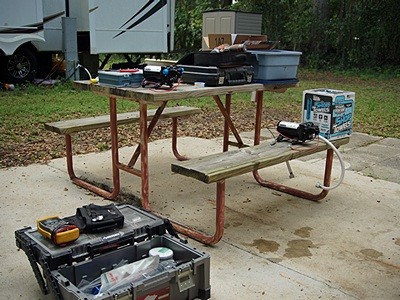
The new and old water pumps along with tool boxes and other stuff needed to make the repair.
Installing the new unit was basically a matter of reversing the steps just described, more or less. I needed to attach the proper insulated spade connectors to the power wires on the new pump. I found my spade lug kit and even though I had a variety of connectors I did not have the ones I needed. Fortunately there is a NAPA Auto Parts Store very close to Williston Crossings RV Resort and auto parts stores are an excellent place to find a large variety of spade connectors. It’s walking distance to the store, but I drove there to save time. I bought several different packs to make sure I had what I needed.
Back at the bus I prepared the power leads and set the new unit in place. I connected the water lines first as it was easier with the unit loose. I connected the power leads and then screwed the unit to the floor. The new pump came with a strainer and adapter fittings. I used the new strainer bowl to replace the old one, in which I found little curly queues of plastic. I opened the two shutoff valves and then had Linda turn on the power to the pump and open the kitchen faucet so that both the hot and cold lines were open. The unit came to life and water flowed, albeit with a sputter until all of the air was out of the lines. With that, the water pump problem was fixed and I cleaned up the work area and put my tools away.
Next on my task list was checking tire pressures. I really did not want to check all 12 tires with the digital gauge so I turned on the TireTraker TT-400 TPMS and waited 20 minutes for the readings to update. Although the sensors are not “dead on” accurate they are close enough to let me know if a tire has lost enough air to require topping up. They all appeared to be OK so I did not have to get out the air-compressor and air hose.
Barring any further unforeseen circumstances this was our last planned night in Florida for the 2015-16 winter season. We wanted to go to Satchel’s in Gainesville for pizza one last time. We decided to have an early dinner and take care of a couple of errands so we left at 2 PM. Our first stop was at the Kangaroo filling station for gasoline. Our next stop was Pet Supplies Plus in the Archer Road mega strip mall shopping complex. We also stopped at the CVS pharmacy in the same complex and then drove to Satchel’s on the east side of town.
Although it was a lovely afternoon, weather wise, we chose to sit inside. At Satchel’s we had our usual meal; an excellent salad and a pizza with mushroom, onion, sun-dried tomato, and Daiya non-dairy cheese. It is, quite simply, one of the three or four best pizzas we have ever had, and it is vegan! We got their largest pie and brought most of it home.
When we got back to Williston Crossings John and Ali were not around and we figured they had gone out to dinner again. Happy hour usually takes place at Jeff and Kathy’s 5th wheel so we walked down there to visit for a while. John and Ali eventually returned and as evening fell over the resort we went next door to sit around their propane campfire and visit. Smitty made a large bowl of popcorn popped in peanut oil and lightly salted with Hawaiian sea salt. Yum. Note for T 20160412 blog post. Jim and Janet Rawley came over to John and Ali’s site to visit and John played his guitar and sang for a while. Jim’s professional name is “Sonny Fox” and he was a big time rock ‘n roll D. J. during the ear when radio stations started playing “album rock.” Jim quizzed me about my musical background and the first record (45 or LP) that I bought but I had no recollection of that.
We returned to our rig just before 10 PM and were in bed, with the lights out, by 10:30 as we planned to pull out of our site around 7 AM in the morning. Tomorrow we head north and leave Florida.
2016/04/13 (W) Unbalanced Travel
I set an alarm for 6:20 AM and we got up at 6:30 and got dressed. Today was a travel day so we did not have coffee or breakfast. While we prepared the interior of the coach for travel I encountered a problem with the 12 VDC charging plug for the Rand McNally TripMaker RVND 7710 GPS unit. A small threaded plastic insert, which holds the spring-loaded +12V center contact, had broken and could not be repaired on short notice (if at all). The two lower 12 VDC “cigarette lighter” outlets were dead again and it occurred to me that the failed plug might have been responsible for shorting the outlet and blowing the supply fuse last Wednesday. Not realizing this at the time, and desperate to get the GPS back into service, I vaguely recall having plugged it into one of the upper outlets and probably shorted it out too. I replaced all of the blown fuses last Wednesday but did not realize at that time what the root cause was and was rather perplexed by the failure, which reoccurred on the lower pair of outlets.
I removed the R-M GPS from its usual mounting position (on the driver side lower windshield next to the center pillar and resting on the top of the dashboard cover) and set it aside and I installed the Garmin 465T GPS unit in its place. I took care of the remaining outside tasks of disconnecting/storing the shorepower cord, connecting the chassis batteries, and opening the auxiliary air supply valve for the engine accessories. Linda moved the car to another site so it was out of the way as I started the bus motor and aired up the chassis (brakes and suspension). She then spotted for clearance from obstructions as I slowly and carefully pulled out of our site.
We wanted to be on the road at 7 AM but it was about 10 minutes past the hour when I finally pulled out of the site. Our friend and neighbor, John (Smitty) Smith, was up and outside to wave goodbye, which was nice. I proceeded north through the resort on Covered Bridge Road and Linda followed in the car. We drove through the covered bridge, for which the road is named, and stopped just short of the north bath/laundry building to hook up the car for towing. There are no park model trailers or RV sites close to this location, so we knew we could hookup here without bothering anyone. With the car attached we double checked the settings and then did our light check. Everything was OK so Linda got into the coach and we set our destination in the Garmin GPS unit.
We finished our slow roll through the RV resort, out the back/northwest gate, and pulled out onto FL-121 headed northeast towards Gainesville. About two miles from I-75 we encountered stop-n-go traffic. The morning rush hour in Gainesville was underway and was something we had not previously experienced.
Linda kept a close eye on our tire pressures and temperatures, especially the driver side tag axle, as we rolled along. We stopped at the Pilot station at Exit 460 and took on 60 gallons of diesel fuel. That was our last stop until we got to the end of our trip for the day. I would have liked to note here that the trip was uneventful but, alas, that was not the case.
The drive up I-75 through northern Florida and southern Georgia is generally an easy one, without any serious grades to climb or descend, attractive enough scenery, and reasonable traffic volumes except during the April 1st northward snowboard migration. As we got to the Macon, Georgia area and then on up to Atlanta, traffic was heavier but moved along. Somewhere along the way the Battery Balance (BAL) light came on, flickering at first but then staying on. Not good.
The Battery Balance light is controlled by a Vanner Battery Monitor Module and is supposed to indicate that the “12V” center tap on the battery bank is not within +/- 0.75 VDC of 1/2 of the voltage between the “24V” terminal and ground. The relationship of these voltages is supposed to be regulated by a pair of Vanner Voltmaster Battery Equalizers. It is normal for this light to come on occasionally, especially when starting the motor, but it is not normal for it to come on and stay on. Assuming the monitor module is not defective, it means the 12V center tap is out of tolerance with respect to the 24V terminal and implies that the Vanner equalizers are not doing their job. Ugh.
Having the yellow Battery Balance (caution) light come on immediately added stress to the trip but when the red Hi/Low Battery (warning) light came on the stress level went way up. This light is also controlled by the Vanner Battery Monitor Module and is (supposed to be) activated if the voltage at the “24V” terminal (relative to ground) is less than 24V or more than 30V. Voltages outside the 24 – 30 VDC range could indicate a malfunction of the voltage regulator and/or engine-mounted alternator. Either one would be a problem that could put the bus on the side of the road as the engine is controlled by a computer that is powered by the chassis battery 12 V center tap.
The normal full-charge resting voltage of a “24V” lead-acid battery is 25.2 VDC (12 cells in series at 2.1 volts per cell) and the normal voltage at the 24V terminal with the motor running is around 28 VDC, so the 24 – 30 VDC range is a reasonable one. I also have 24V and 12V analog battery voltage gauges in the dashboard that are connected to the batteries independent of the Vanner Battery Voltage Monitor Module. While they would also show high or low voltage conditions, and, by comparison, a battery imbalance condition, it is appropriate to have warning lights to get your immediate attention as you might not notice the gauges for a while. What was odd about this situation was that the 24V gauge was sitting at about the 29V position and the 12V gauge was sitting at about the 14V position. I knew these gauges worked because they do not always show these readings, but I did not know if the readings were accurate. They are, however, close to what I normally see, and they do not usually result in caution or warning lights.
We left I-75 (GA) at exit 296, Cassville-White Road, drove 0.2 miles east to the Pilot truck stop, and got in a long to wait for a pump. When it was finally our turn I added 92 gallons of diesel fuel. From the truck stop we drove west back towards I-75 and continued 0.5 miles on the other side of the highway before turning left into the Cartersville Castle-White KOA. Linda was hearing and speaking well enough by now to be able to register us, which is normally her job. We were escorted to a water/electric pull-through site in the center of the park with less than ideal access but I was able to get in and park the bus. We leveled as best we could, shut off the engine, batteries, and air and then plugged in the shorepower and turned it on.
Linda made a really good salad for dinner and we each had a piece of leftover pizza, slightly warmed. Yum. After dinner I made calls to Joe Cannarozzi, Ed Roelle, and Butch Williams and sent a text to Pat and Vickie Lintner. Joe was working on a coach in Williamston, Michigan and was looking for a local facility that could service the over-the-road air-conditioning system. Ed has been around converted buses in Michigan for a long time so I contacted him to see if he had any suggestions for Joe. We went for a long walk around the campground during which I had a long chat with my sister. When we got back to our coach I exchanged text messages with Smitty back at Willison Crossings RV Resort.
Our TV options were limited but we were able to get PBS, so we watched whatever was on. We planned to pullout out of our site at 7 AM, which meant we had to be up around 6:15. Not that we have that much to do, but we do not like to rush through our morning routine. We were in bed with the lights out by 11 PM.
2016/04/14 (R) A Relatively Smooth Run
There was a possibility of rain last night so we closed all of the roof vents and narrowed the window openings before we went to bed. I set the alarm on my phone last night for 6:15 AM this morning, but I was aware of the rain, and woke up around 4 AM when I heard one of the cats making a strange noise. I wanted to turn on the electric engine block heater anyway so I got up and did that, checked on the cats (they were fine), and went back to bed. I tried to go back to sleep without complete success.
We finally got up to stay at 6:30 AM and got dressed. I had an e-mail from Gary at BCM that needed a reply and cc:d Dave Aungier. I also texted Dave as he was who Gary needed to contact. I shut down all of the technology and packed up my computer while Linda cleaned off counters and secured windows. The car was already connected for towing so we just had to go through the towing procedure and double check it. I disconnected and stowed the shorepower cable, connected the chassis batteries, and opened the air valves in the engine bay. I started the engine and we did the light check while the chassis aired up. Since it was 7 AM we tried to avoid idling any longer than necessary before pulling out.
We were in an angled water/electric site in the middle of the campground with fairly tight ingress and egress. I raised the tag axle so shorten the turning radius and pulled out while Linda kept an eye on the driver side front corner. I had to get the driver side nose of our coach fairly close the passenger side rear corner of the 5th wheel trailer directly in front of our site in order to get our passenger side rear end and toad to clear a tree on our site and a post near the road on the next site to our passenger side. I also had to avoid the rear end of the next 5th wheel trailer and the picnic table in-between them. Fun.
Without being over-confident, I think I have gotten a lot better at maneuvering the bus in tight situations. That skill has come with some good teaching, some practice, and at the expense of two mistakes that caused some damage, but it certainly paid off this morning. Once I was cleanly out of our site and into the road I stopped and put the tag axle down. Linda got on board and we rolled slowly out of the center of the campground and headed for the exit. We stopped before exiting so Linda could find Juniper. We knew she was onboard, but we wanted visual confirmation before pulling out. Linda found her under one of the living room captain’s chairs, and we were on our way.
We recharged the Rand-McNally GPS last night using a 12 V car outlet splitter with USB ports and a compatible USB cable that I borrowed from the Sony a99v DSLT camera. Linda turned it on and entered the address of today’s destination to verify that the unit was working. It was, so I set it up on the dashboard by the windshield center pillar so it was ready to go this morning.
Our route took us north on the final 70 miles of I-75 in Georgia to Chattanooga, Tennessee where we headed northwest on I-24. I-24 was mostly in Tennessee, but dipped back into Georgia briefly as it swung around the southern side of a mountain. Unless you head far to the west on I-10 before turning north, there isn’t a practical way to get back to Michigan from Florida without crossing mountains.
As you head north from Florida on I-75 the ground rises steadily. As you approach Atlanta it starts to get hilly, and that continues north of town all the way to Tennessee. As soon as you head west on I-24 you are perpendicular to mountain ridges running SW to NE. The highway winds around these ranges, sticking to valleys as much as possible, but inevitably there comes a point where it simply has to go over the top. And so it did. I think the grade was at least five miles long, perhaps seven, with lots of turns but nothing I would call a switchback. The road surface was excellent with wide lanes and truck lanes. The grade was just steep enough that I had to climb it in 4th gear doing around 50 MPH at 2000 RPM with 14 to 15 PSI of turbo boost. With cool outside air the engine coolant temperature never rose above 195 degrees F, which is its normal operating temperature (on the gauge) and I was very pleased with the way the bus ran. Replacing the turbo boost sensor tube last year was no doubt partly responsible for this performance.
The temperature was in the low 50’s when we left the Cartersville Castle-White KOA around 7:15 AM and we ran through cool temperatures under overcast skies, with intermittent drizzle and fog, all the way over the mountains in southwest Tennessee. Once we were on the northwest side of the mountains the cloud cover started to break up and reveal patches of blue sky. Somewhere southeast of Nashville we encountered our last raindrops and by the time we merged onto northbound I-65 we had clear, blue skies. Traveling “north” from late morning to early afternoon we had the sun at our backs, making for a comfortable cockpit without using the air-conditioning.
I was concerned about the issue we had yesterday with the Battery Balance (BAL) telltale caution light and the Hi/Low Battery (Voltage) telltale warning light and presumed it would reoccur today. In order to reduce the chance of that happening again today I tried to minimize the power draw from the +12 VDC center tap of the chassis batteries and perhaps cause an imbalance between the upper and lower halves of the battery bank. To that end I did not use the cockpit HVAC fan and kept the headlights off as much as possible.
We had a pretty smooth run all the way to and through Nashville. Pat and Vickie had alerted us to “construction on I-65” but were not more specific. North of Nashville we encountered a major construction project that lasted for at least 20 miles. Traffic flow, however, was very smooth if a bit slower than normal posted speeds. As we approached Louisville we saw signs announcing major construction ahead and advising I-283W as an alternate route. We were less than 15 miles from our destination and needed to take the second exit just after the bridge so we rejected the alternate route suggestion and stayed on I-65. The construction was, indeed, major—the reconstruction of a bridge over the Ohio River—but we made it through without having to stop. The campground website had very specific and detailed directions on how to exit I-65 and we followed them instead of the GPS. We were momentarily confused after exiting, never a good thing when driving a bus in an urban area, but we were in the right place and made the last couple of turns to get to the Clarksville KOA campground without difficulty.
Linda checked in at the office and the woman at the desk lead us to a pull-through site that was very easy to get into but might be challenging to exit in the morning. We were sitting level without having to adjust anything so I shut off the engine and we went through our usual arrival routines. Linda then walked over to the office and finished registering us.
We walked the park, which was not large, and scoped out our departure route and any possible problems. The sites here are closely spaced, the roads are a little narrow, and some campers are parked with their vehicles sticking part way out into the road. Some of the people camped here appeared to be younger men who were itinerant workers. As such, we suspected they might be gone in their cars before we pulled out in the morning. If so, we will probably get out OK without having to unhook the car, but I doubt that we will ever return here. While the location is convenient to I-65 and Louisville, the park itself is not worth the $50 a night they charge. If not for the location, it wouldn’t be worth half of that.
We did not plan to unhook the car to explore the area and there did not appear to be anywhere to walk although Vickie had texted us that we were only a half mile from the river and there was, in fact, a nice walk down to there. Even so, we were tired and perfectly content to retire to our coach, have dinner, and watch our favorite Thursday evening CBS comedy shows. We went to bed at 11 PM as we planned to be on the road at 7 AM so we could be at Butch and Fonda’s home in Twelve Mile, Indiana before noon.
2016/04/15 (F) Back In Twelve Mile Again
I set the alarm on my smartphone last night for 6:30 AM this morning. Like last night, I woke up around 4 AM, turned on the engine block heater (electrical), and tried to go back to sleep. I was awake again before 6:30 and the alarm was just my signal to actually get out of bed and get dressed. Linda woke up with the alarm and was also up and dressed fairly quickly.
As usual for a travel day, we did not make coffee or have breakfast and instead set about preparing the coach for travel. I had turned off my computer last night so all I had to do was pack it up. We also left the car and bus connected together, so all we had do was check the connections and go through the towing procedure. I turned the block heater and Aqua-Hot electric heating element off, disconnected the shorepower cord and stowed it, opened the auxiliary air supply valves, and started the main engine. We did a light check while the chassis aired up and then Linda climbed aboard.
I was concerned about getting our rig out of the small, tight site and through the narrow interior gravel roads of the campground, but our neighbor’s to the left moved their truck before they went to bed last night and the guy directly in front of us on the other side of the street left in his car just before 7 AM, presumably to go to work. That meant I had plenty of space to pull forward and to turn to the left, which is the direction the site was angled. By 7:25 AM we were exiting the park and on our way to Twelve Mile, Indiana.
Although we had less than 200 miles to travel today, I-65 continued to be one long construction zone with lots of very rough surfaces which made for more difficult and tiring driving. In-between Clarksville and Twelve Mile was Indianapolis, so that meant major urban traffic. “Indy” is a major shipping hub with a good, but extensive highway system. I-465 circles the metro area while I-65, I-69, I-70, and I-74 all tie into it, along with several U.S. highways. The speed limit is 55 MPH and most drivers seemed to obey it, which made for easier urban driving, but there was still a LOT of traffic.
As we got on the north side of town headed west we were looking to exit onto US-31 north. The GPS told me to exit at Keystone Avenue and turn right onto the relatively new Keystone Parkway, which bypasses the initial stretch of US-31 before joining it some miles farther north. Fortunately I spotted a sign before exiting the highway that said vehicles over 19,000 pounds GVW were not allowed on the Parkway. Also fortunate was that I knew the exit for US-31 was only a couple of more miles ahead and was a perfectly acceptable place for us to get off of I-465. I had not been this way in a while and discovered, to our pleasant surprise, that it is a completely new, limited-access highway heading northbound. Sweet.
We handled the situation smoothly and without too much consternation, but it was concerning that our GPS tried to direct us onto a road for which we were too heavy by more than double. That had us wondering if the RV characteristics parameters were not set correctly, and perhaps got reset when I updated the unit while we were at Florida Grande Motor Coach Resort, but now was not the time to check all of that. This is a relatively recently rebuilt roadway, and it was been my experience with both GPS units that the map updates do not include these newer roads.
Another possibility was that the Indiana Highway Department has not updated the state road database as that is where Rand-McNally (and other mapping companies) get the information for their road maps. I encountered this a while back when traveling US-24 from Peru, Indiana to Defiance, Ohio. Even though my GPS database was up to date, it had no knowledge of the new construction between Ft. Wayne, Indiana and Defiance. The same us still true of the new stretch of US-31 running south from US-20 for many miles even though it has been open for quite a while. The State highway departments are responsible for updating the database that the GPS/mapping companies use. If they do not update the database there isn’t much the GPS/mapping companies can do.
Indiana has made major improvements to US-31 over the last 3 to 4 years, building whole new limited access sections. Besides the section coming south from US-20 and the section going north out of Indianapolis, there is one that now bypasses Kokomo. The older sections are four lane divided but have grade crossings and occasional traffic signals. They are posted at 60 MPH and traffic is usually light and moves along well.
All-in-all we had an easy final leg from Indy up to State Road 16 and west into Twelve Mile. At 11 AM, just 3-1/2 hours after we pulled out of the Clarksville KOA we were back in Twelve Mile again. We pulled into the gravel driveway for the grain elevator, which is not in use this time of year, to unhook the car. The driveway is exactly opposite where I park the bus when it is here and positions me to basically back across SR-16 into our spot next to Butch and Fonda’s bus. Linda spotted for me as I backed across SR-16 and into our spot. I leveled the coach, shut off the engine, and took care of the exterior arrival tasks while Linda took care of the interior ones.
Butch and Fonda did not come out of the house and we were not sure they were home. We usually have a very poor Verizon signal when the bus is parked in this spot, and today was no exception, but I was able to get our Verizon Mi-Fi online. About that time Butch and Fonda came out to check on us and we visited for a while. We had not knocked on the door because we knew there was a possibility they might not be home when we arrived.
Butch needed to be at a local county fairgrounds at 5 PM to help set up a large room for a hamfest tomorrow. Fonda was reviewing for the General Class license exam, so Linda studied her Amateur Extra Class flash cards with Fonda while Butch and I went to the do the set up. The hamfest was an annual joint event put on by four county amateur radio clubs. After the tables were all set I helped Butch carry in all of the stuff from his truck and arrange it on three adjacent tables. When we were done, and there was nothing else to do, we returned to Twelve Mile.
It was 6:30 PM by the time we got back and we decided to go out for dinner even though the options for us are very limited. We drove to Rochester hoping to eat at a Mexican restaurant but it was closed (permanently). We ended up at Tweedle Dee’s instead, mostly because they have a salad bar. We were the last diners to leave and only then because they needed to run the vacuum cleaner which cut off any chance of Linda hearing any further conversation. We stopped at Butch and Fonda’s new (to them) house on IN-25 in Metea but Butch did not have the key with him so we did not get to go inside.
By the time we got back to Twelve Mile we were all tired. Butch and Fonda had to be up very early to go to the hamfest so they signed their tax returns, got them ready to mail, and brought them to our bus for Linda to mail in the morning. I planned to go to the hamfest too, but not first thing in the morning. I also wanted to take our car so I could come back to Twelve Mile before the hamfest ended at 1 PM.
Our series of equipment failures seems to be continuing as I was unable to get the Amped|Wireless SR20000G router/network-extender to recognize any hard wired devices. I tried plugging in both my computer and our NAS to all five of the ports but none of them responded to either device. It’s unlikely that the wired networking had failed on both the computer and the NAS so the failure of the SR20000G is the more likely cause. The SR20000G’s wireless networks are still working but the loss of the wired ports means I cannot access the NAS. Fortunately we will be home in a few days and I can try to sort this out in the comfort of my office.
Being tired, and with no TV reception, we were in bed by 10:30 PM and I was asleep by 11 with no alarm set for the morning.
